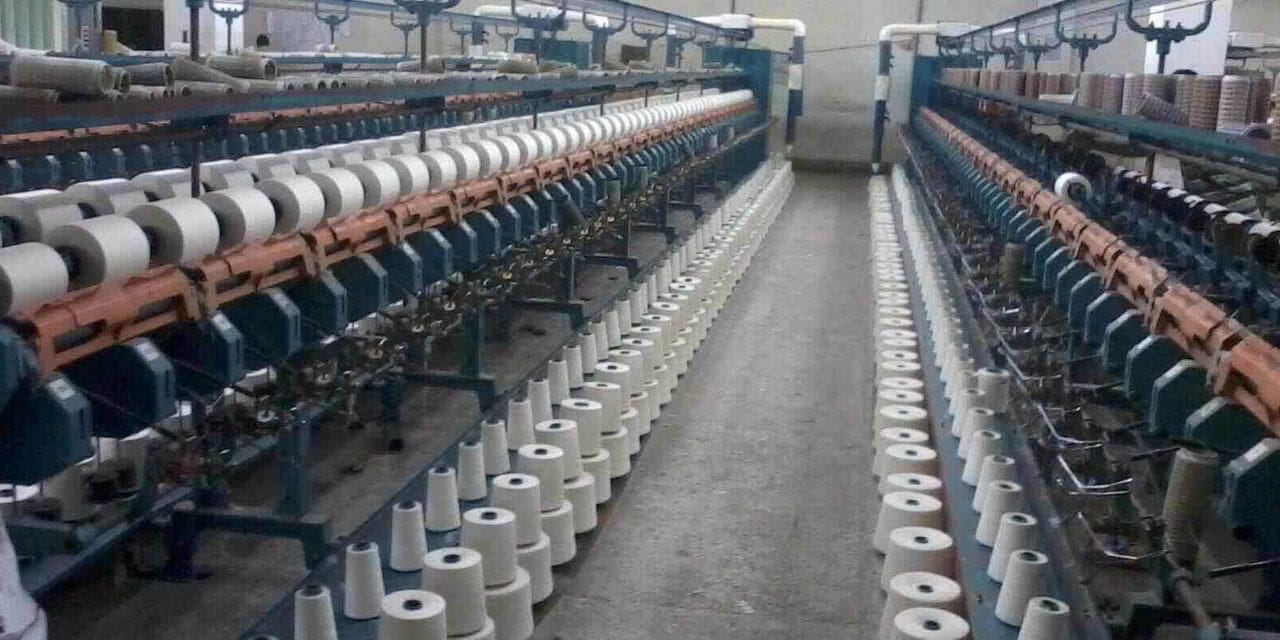From saris and dhotis to bedspreads and kitchen towels, industries in Tamil Nadu make them all.
Boasting at least one-third of the textile business in the country, with 2,032 spinning mills (total mills in India: 3,542), 5.63 lakh power looms (India: 24.86 lakh), 1.55 lakh handlooms (India: 23.77 lakh), and nearly 15,000 garment units (close to one lakh units nationally), Tamil Nadu is regarded as numero uno in textiles and garments. It also supplies global brands.
The journey started over a century ago when spinning mills came up in a few pockets in the State. Though cotton production has dwindled over the years, the industry has developed and the State now houses clusters of the entire textile value chain –spinning, weaving, processing, and garments.
Policies of successive governments and the spirit of entrepreneurs have sustained this industry over the years, according to Ravi Sam, Chairman, Southern India Mills’ Association (SIMA). “Tamil Nadu was the first state to bring in a textile policy. It promoted the development of industries in backward districts. The continued focus by entrepreneurs, for generations, investing to upscale technology, productivity, and quality, have all helped,” he said. Today, the textile and clothing sector is a major employment generator .
A significant stimulus
A significant stimulus came when Chief Minister M.K. Stalin recently announced the removal of market committee cess on waste cotton and cotton. This decision will have long-term implications as it will make cotton cost-competitive for the consumer industry. Another decision that will provide the required impetus is the bifurcation of handlooms and textiles and having separate Commissionerates for them.
Dharmendra Pratap Yadav, Principal Secretary, Department of Handlooms, Handicrafts, Textiles, and Khadi, said the State will also get one mega textile park, spread over 1,000 acres, under the PM Mega Integrated Textile Region and Apparel Park Scheme.
“After discussions with the Agriculture Department, we have formed a committee to work out a ‘cotton mission’. We want to rework the textile policy too,” he said, indicating the State government’s proposed measures to strengthen the textile and clothing sector.
M. Senthil Kumar, chairman and managing director of Palladam Hi-Tech Weaving Park, earlier said the weaving units were producing mainly two types of fabrics –grey cloth (printed or dyed) and yarn-dyed fabrics. With the increasing demand for ready-made garments, varieties of fabrics made have expanded. More number of shuttleless looms, which give consistency in quality, are installed compared to the traditional power looms.
According to Raja M. Shanmugham, president of Tiruppur Exporters’ Association, successive governments ensured a conducive environment to promote growth of textile clusters. Almost 60% of the country’s knitwear production is from Tiruppur. Development of labor-supportive infrastructure will help this sector grow manifold, he added.
SIMA vice-chairman Durai Palanisamy said Tamil Nadu’s strengths are not just in cotton and cotton blended textile products, but also in man-made cellulose fibre, such as viscose. The State accounts for almost 75% of the country’s man-made cellulose yarn production.
With the growing demand for casual wear for women and children, capacities are on the rise in spinning and weaving in this segment.
Since weaving and processing remain weak in the value chain, the government wants to encourage power looms modernization with incentives. On the processing front, it wants to introduce more units to make dyed yarn, Mr. Yadav added.

